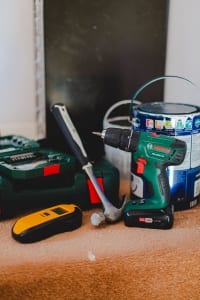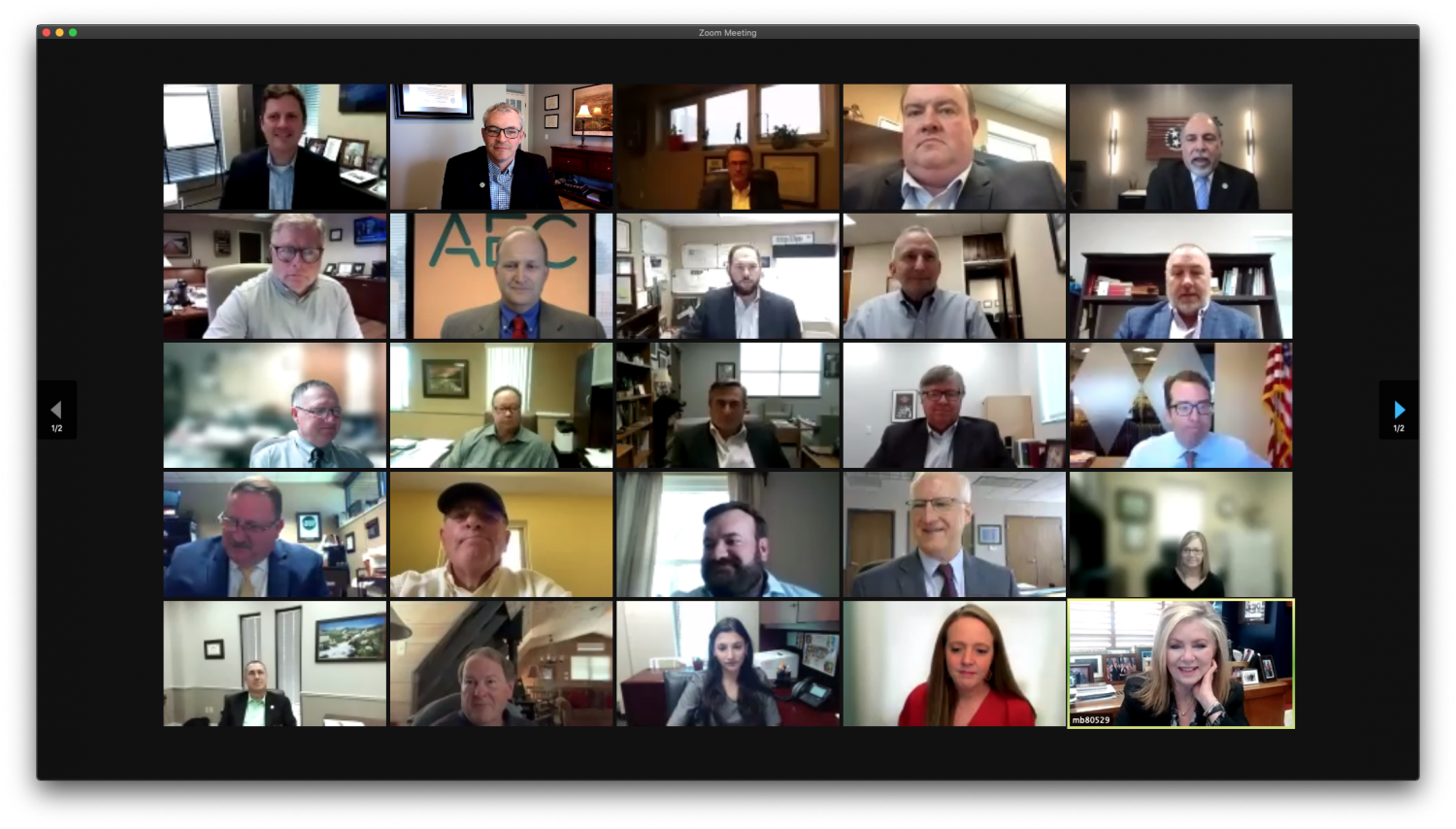This month is set aside every year as a time to pay special attention to staying safe around electricity — something everyone at your local electric co-op believes in wholeheartedly. By designating May as Electrical Safety Month, the National Safety Council seeks to remind everyone of the hazards associated with electricity and provide tips you can follow to stay safe around it.
With this in mind (and a whole summer full of fun just around the corner), now’s a great time to focus on safety lessons for young people. Consider these tips for kids that can prevent accidental shock or other injuries:
- Flying a kite is great fun on a breezy day, but keep it far away from power lines. If your kite accidentally comes close to one, drop the kite string or reel immediately. Better to lose your kite than come in contact with electricity, which can travel straight down your kite string to YOU!
- This next one applies to adults as well: Never fly a drone near power lines. Even “toy” drones can cause an outage if they hit a power line. (They can also cause a downed power line, which is extremely hazardous.) Those shiny “metalized” balloons are another no-no. Balloons of all kinds are best kept well away from power lines.
- Never play around or climb on those green metal boxes that might be found at locations throughout subdivisions. These pad-mount transformers contain electrical equipment that helps bring underground electricity to your house and your neighbors’ homes.
- Don’t climb trees that are anywhere near power lines. Even if the branches are just close by, a windy day (plus your added weight) could bend them in such a way as to bring them into contact with a power line. If that happens, the whole tree (with you in it!) could become energized.
- If you should ever see a downed power line lying on the grass or in the road or a driveway, never EVER get close to it! Let an adult know right away so they can notify your local electric co-op.



